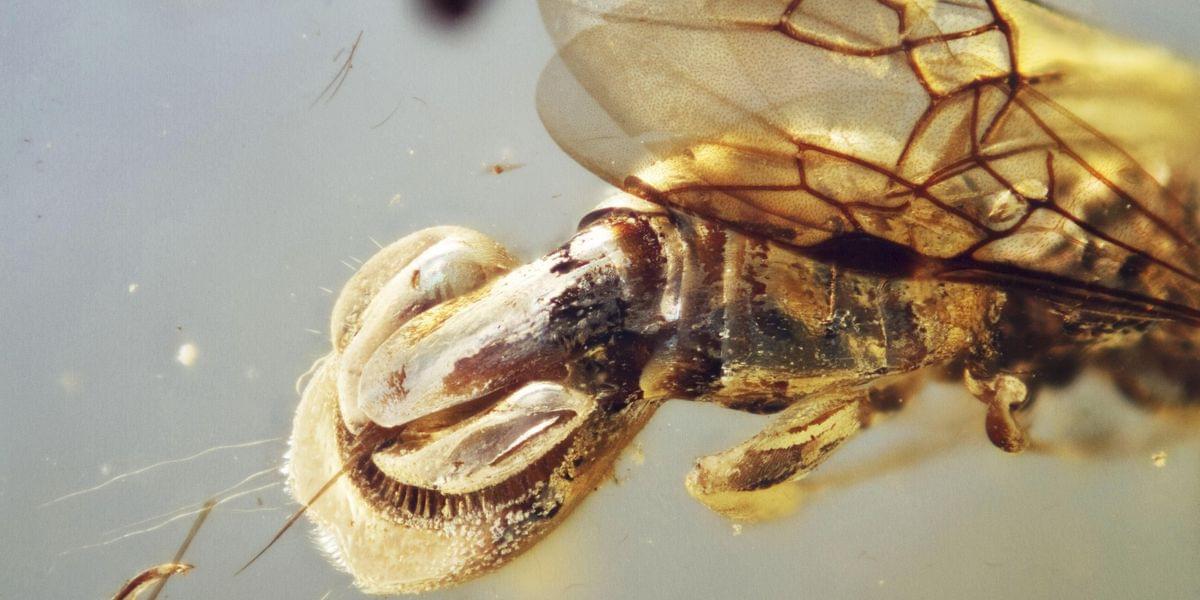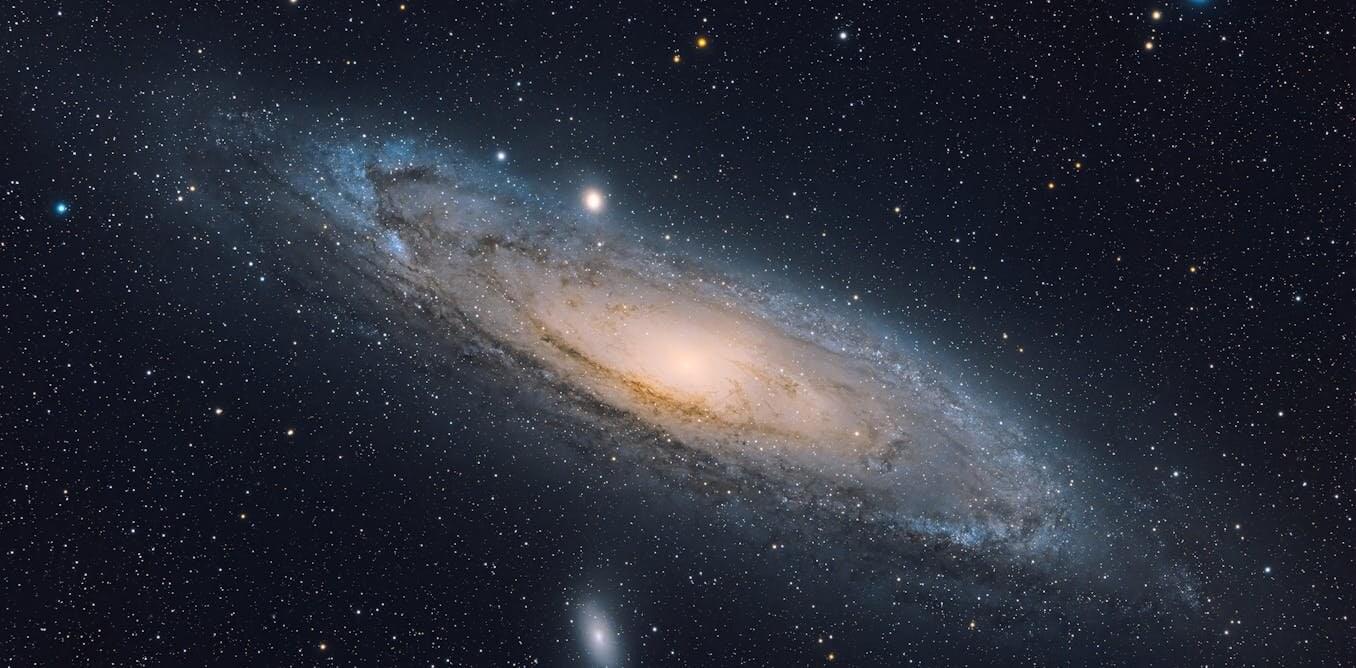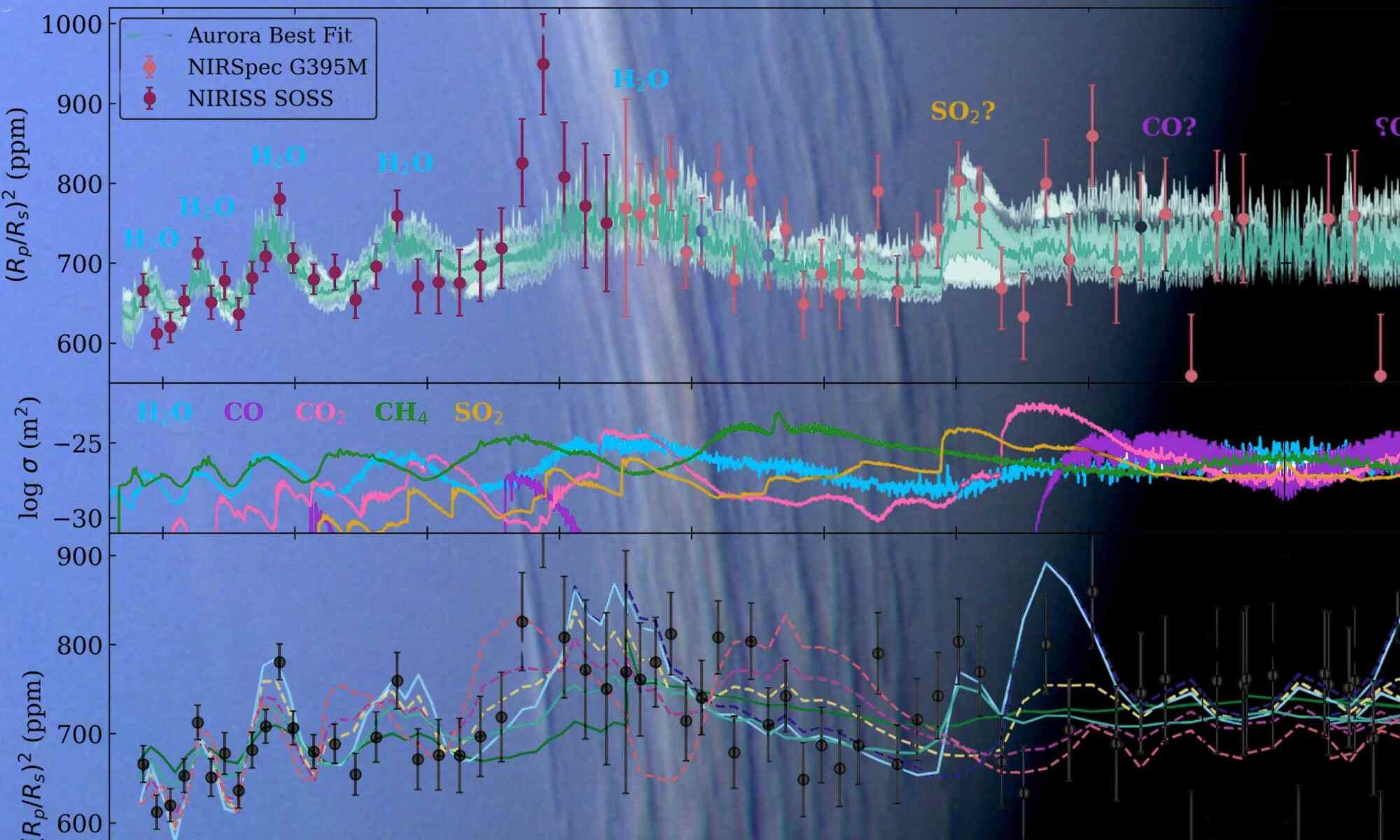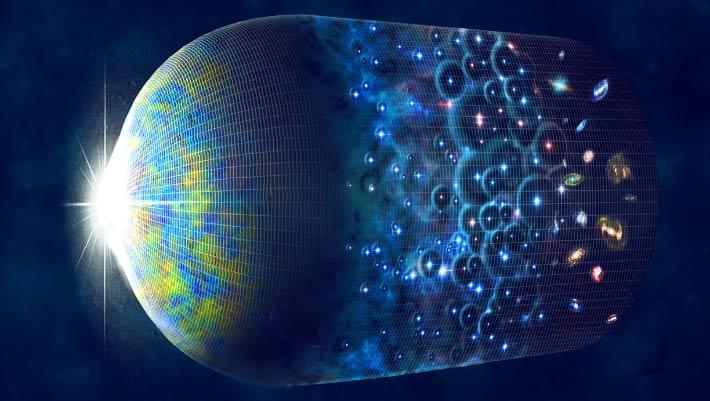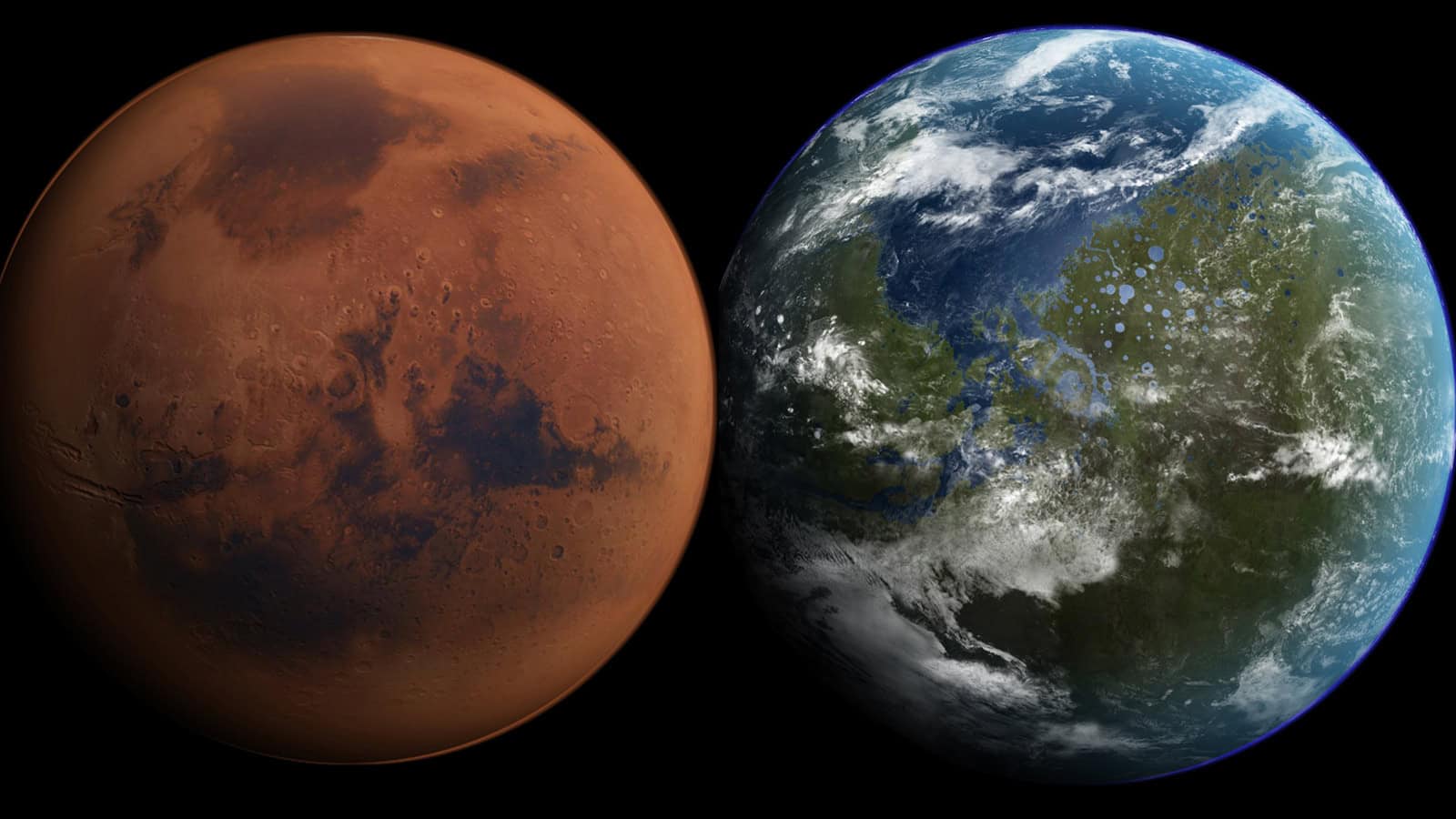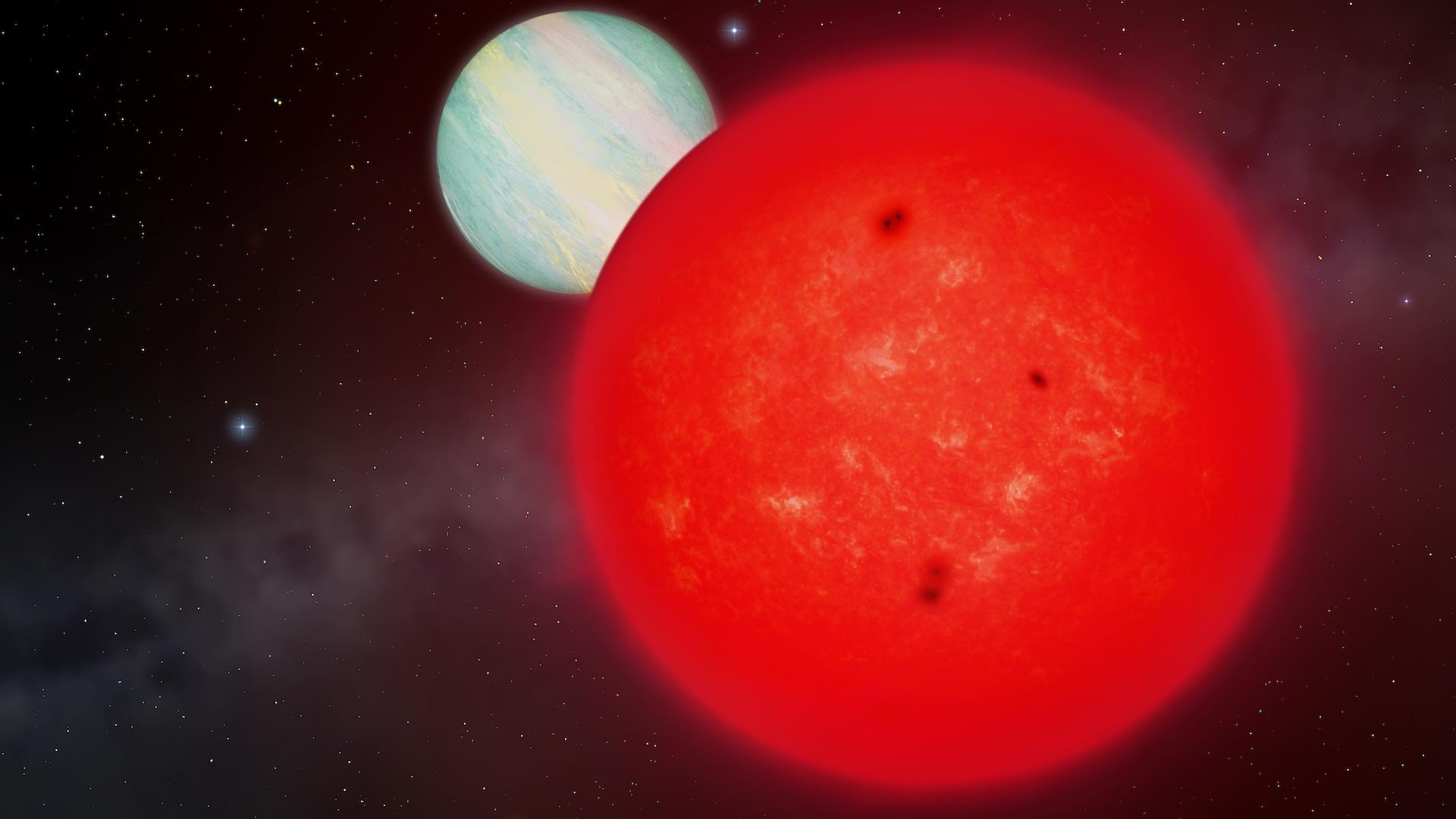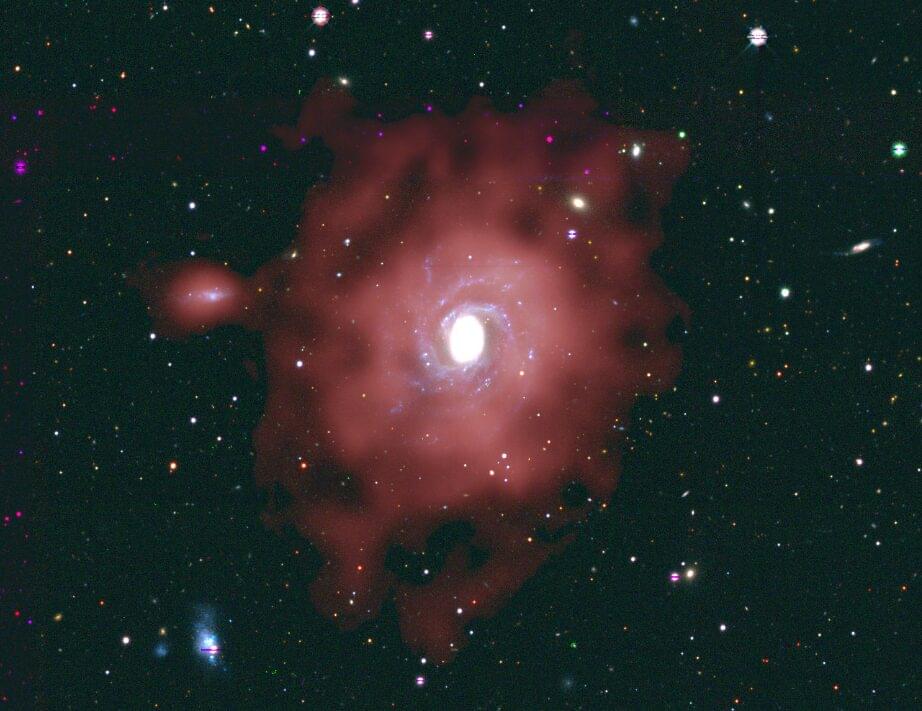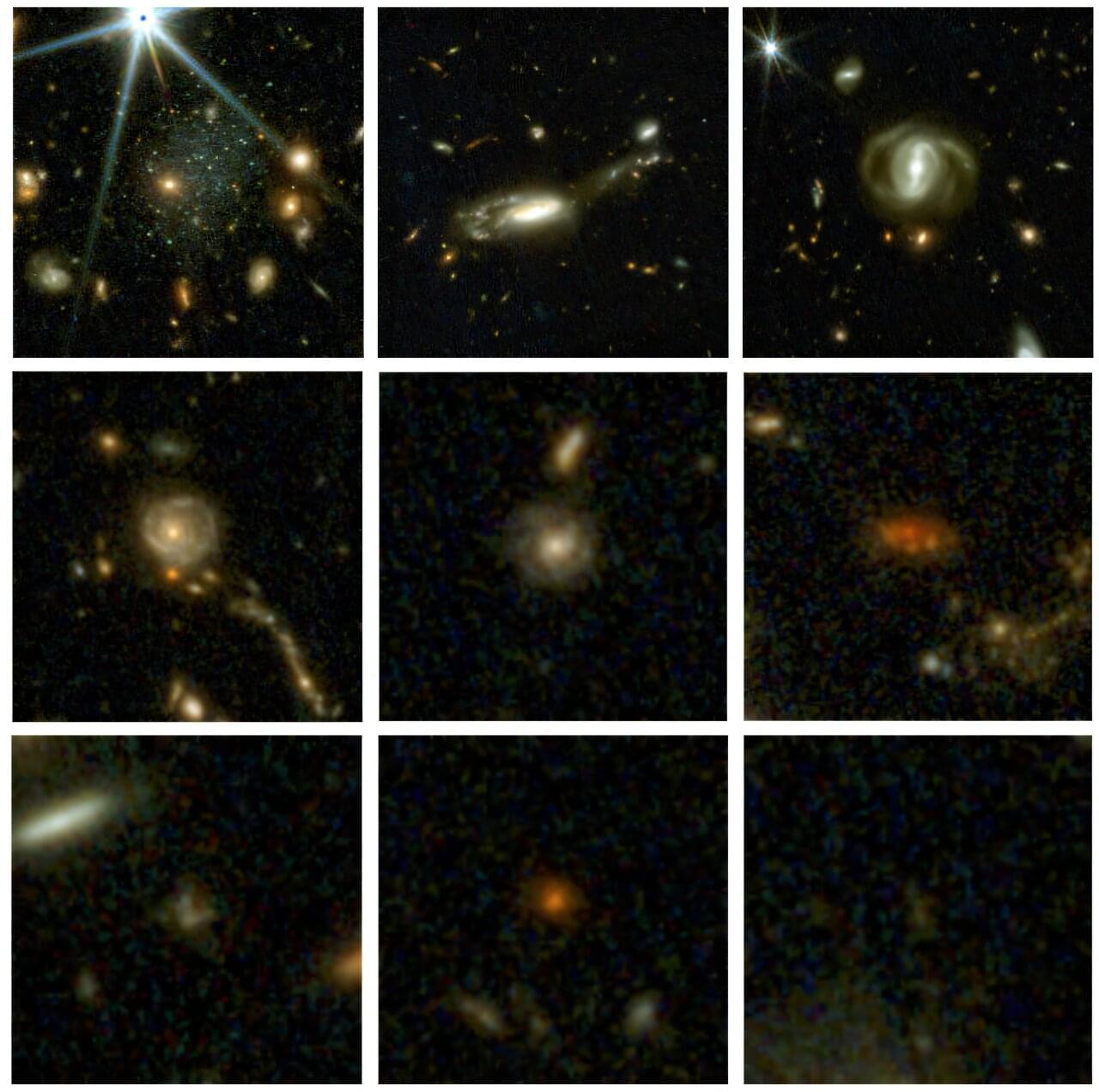The universe is a complete unknown to humans. We are not yet able to control and understand the system in which Earth is located, as evidenced by the possible discovery made by a group of astronomers from the University of Taiwan, who suggest that they may have found clues to the existence of a ninth planet.
The Solar System is currently known to be made up of eight planets: Mercury, Venus, Earth, Mars, Jupiter, Saturn, Uranus and Neptune, apart from Pluto, which has long been considered a dwarf planet. But one more could join this select group, according to an infrared study carried out between 1986 and 2006.
The work was based on data from the Infrared Astronomical Satellite (IRAS) and the Japanese satellite AKARI, which detected an object moving between 46.5 billion and 65.1 billion miles from the Sun, meaning it would take between 10,000 and 20,000 years to complete an orbit.
